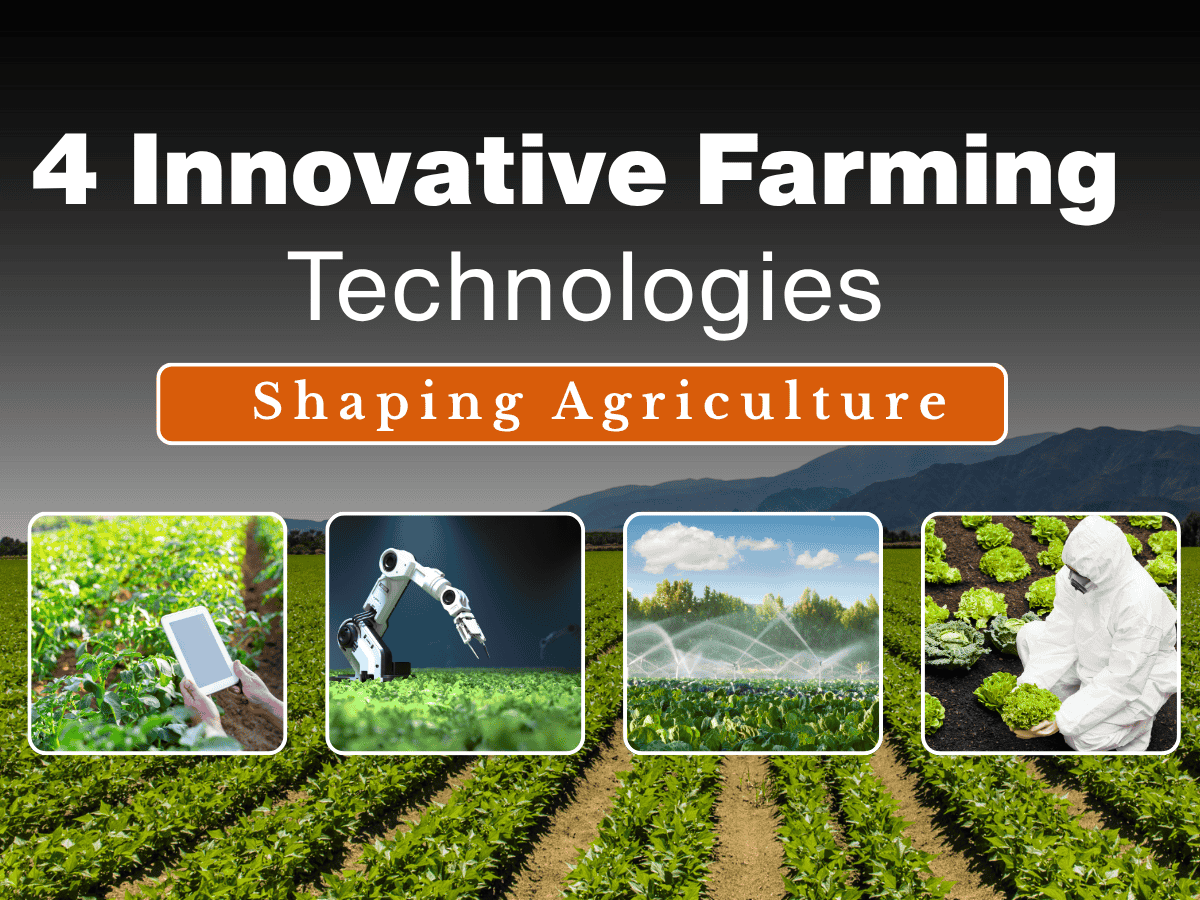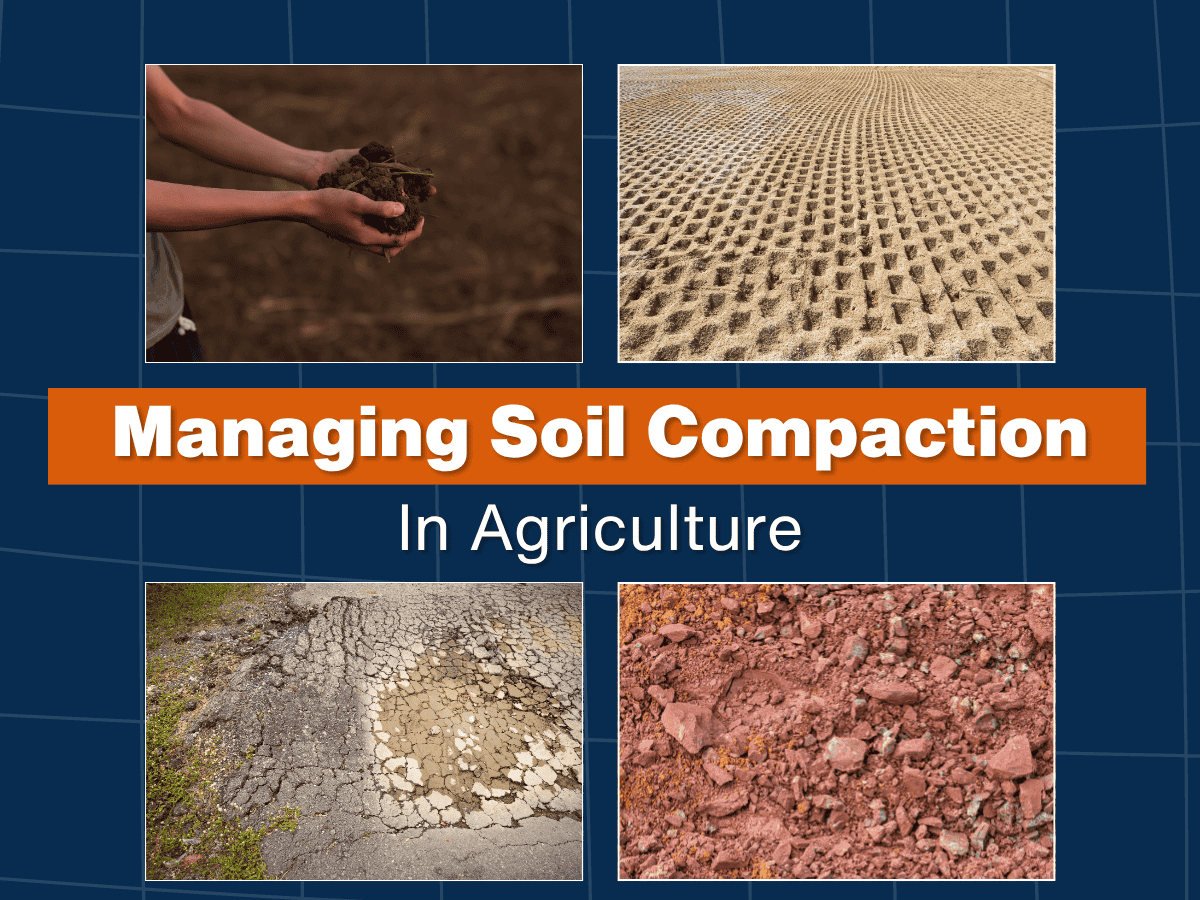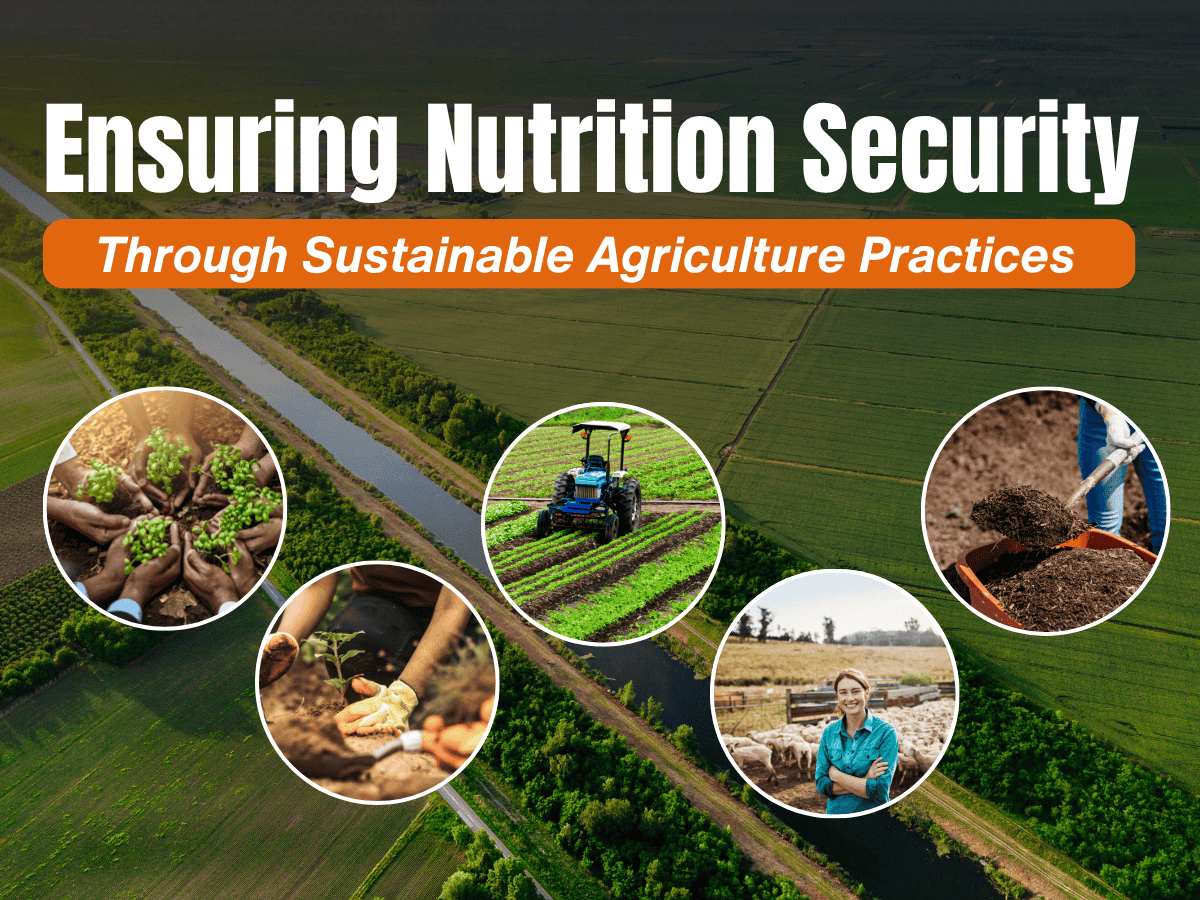ceat-speciality:blogs-tags/all,ceat-speciality:blogs-tags/agriculture
How Are Quality Agricultural Tyres Made?
Thu, 6 Nov 2025 | PRODUCTS
Let us take you down the memory lane. Do you remember your school teacher repeating, “Agriculture is a primary source of occupation,” making us understand how this ages-old occupation is the backbone of many economies? To achieve a successful agricultural yield with a powerful combination of labour and machinery lies in quality agricultural tyres.
Read on to take a closer look at how these heavy-duty agricultural tyres, mainly from brands like CEAT Speciality, meet the demands of farming with efficiency.
Understanding the Role of Agricultural Tyres
Agricultural tyres support the heavy functioning of agriculture processes. However, we often overlook the extent of the heavy lifting that agricultural tyres actually do. They have to bear the seasonal shifts, land reactions, and most importantly, precision-equipped functioning.
CEAT Speciality Agricultural Tyres aim at:
- Power transfer & Productivity: Tyres grip firmly on the soil, adapting to the contours of the land.
- Soil Health: Tyres that care for the soil and do not dampen the yield.
- Fuel Efficiency: Having a firm grip on soil leads to less slippage, eventually using less fuel.
- Versatility: Agricultural tyres that flex both on farm and on road settings.
These have created the fundamentals at CEAT Specialty Agricultural Tyres, built to generate impact with precision.
Strengthening the Tyre: How Agricultural Tyres are Made
1. Designing the Engineering Prodigy
Designing is the dawn of engineering an agricultural tyre. Engineers use CAD (computer-aided design) to create the meticulous blueprints of the tyres. Contributing factors like shape, tread pattern, compound, and sidewall strength are integrated to suit the agricultural tasks.
For instance, CEAT Specialty agriculture tyres are designed with features like wide lugs for better traction and optimised tread patterns that reduce rolling resistance and soil damage.
2. Opting for Raw Materials
Raw materials build the very foundation of quality-filled agricultural tyres. Along with the traditional materials like natural and synthetic rubber, with necessary compounds to enhance additional properties of the tyre.
CEAT Specialty Agricultural Tyres reduce their carbon footprint by procuring materials that contribute to a positive environmental impact.
3. Mixing the Compound
Next up is where the magic begins. The rubber, in its synthetic or natural state, is mixed with additives in mixers. The compound is based on the end use of the tyre.
4. Moulding the Tyre
Forwarding the rubber to its moulding stage, where the tyre is closely beaded. This process creates rims around the sheet of the future tyre. Adding the body plies makes the tyre flexible and gives it strength to withstand different conditions. Finally, what distinguishes the agricultural tyre is the belts and treads. These layers form the design of tyre that stands against the unpredictable nature of agricultural conditions.
5. Heat Curing
Now that we have the tyre in its raw form. It’s time to put the uncured tyre into a heat-curing press. This hardens the rubber and gels the layers firmly. The tread patterns are embossed on the tyre to give its final exterior, along with the branding that is moulded onto the tyre.
6. Final Testing and Inspection
The loop isn’t closed unless you are assured of Z. The tyre has to possess uniformity, balance, and perfection to adapt to the conditions. Green lighting post all the clearances leads to shipping of the benchmark tyres to distributors.
Hold on, there's something you need to look after…
Now this brings us to another important care instruction to address when you receive your CEAT Specialty Agricultural tyres. Understand how to look after the wear and tear of your tyre. Look for the usual signs:
- Check tyre pressure
- Inspect for damage
- Clean the tyres after usage
Crafting a quality agricultural tyre is an interesting yet complex process. It fuses science, design, and engineering. As these tyres go through the harshest of climatic conditions during agricultural activities, they need to withstand the test efficiently.
With agriculture being the primary occupation, it’s important to understand the ways agriculture needs to be supported, and with CEAT Specialty tyres; the journey comes to a complete circle, just like the process of making one.

























